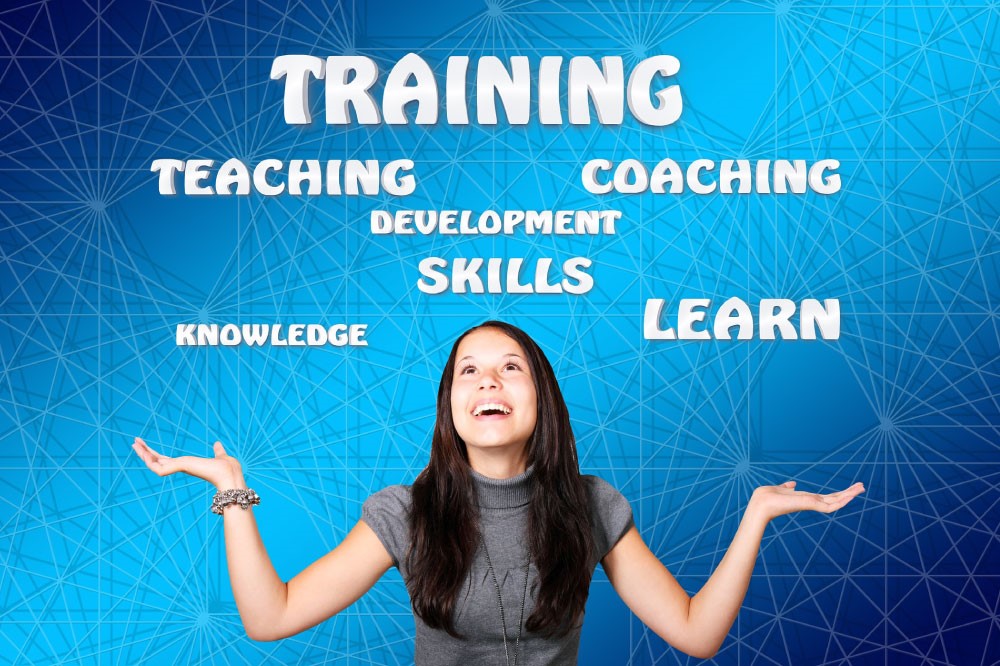Talent management and performance management may be similar. Although, their long-term goals are different.
Understanding this subtle difference can help HR managers. You can do this by structuring talent management and performance management strategies.
Read our guide for a better understanding of these two areas of HR management.
Talent Management vs Performance Management: What’s The Difference?
Essential features of talent management strategies include attracting, developing, and retaining talent.
This will assist in meeting the business requirements of an organization.
Performance management tracks employee performance. It analyzes performance to gauge how it aligns with the particular goals of the company. And provides feedback in the form of annual reviews.
The Talent Management Process
What is Talent Management?
The evolution of talent management processes started over 20 years ago. And today, managing talent is one of the most crucial functions of the Human Resources department.
Talent management is of great importance in any business. But it’s not only about filling vacant positions with new hires. It’s also about finding the people who have the most potential, and the latest industry skills.
Benefits
The benefits of a successful talent management strategy are obvious. Identifying the right candidates amongst job applicants will add value to the organization. It will also give it a competitive advantage.
What Talent Management Does
Hiring the right talent for the right job at the right time is only part of the talent management process. As the best HR managers know, talent management takes great skill.
It entails identifying skill gaps in the company. And finding ideal candidates in the talent pool to meet those requirements.
That means looking beyond job descriptions. And not only focusing on the most impressive resumes. It requires you to read between the lines and find the right candidate for the job.
Talent management involves:
- Matching the right candidates to the company culture
- Integrating the new employees into company operations
- Nurturing of new talent
- Retention of top talent
Every employee has their own pace of development. Internal surveys and employee engagement will identify the employees to nurture and empower.
Talent management is a continuous process that boosts employee morale. This leads to better performance and the retention of top talent.
Employee retention strategies that support employees in this way are essential. This is because employees who feel they are valued are much more likely to stay with the company.
The Use of AI In Talent Management
Automated recruitment software, applicant tracking, and talent management are a growing trend. And there is much benefit in AI integration in HR activities.
It facilitates the entire process of resume parsing, recruitment, and employee onboarding. This allows you to make data-driven decisions about hiring. This will save the company time and money.

The Performance Management Process
What is Performance Management?
Certain investments are necessary to achieve a company’s mission and goals. This takes more than product development and advertising.
The best investment a company can make is to put a performance management program in place. You need to encourage the growth and development of your employees. So that you can grow and develop a business.
Continuous feedback on performance is necessary. It determines if your employees are reaching their full potential.
The HR management team will analyze the performance of employees. And thereafter provide performance reviews as well as constructive feedback.
These reviews are key components of performance management. Devising incentive strategies that reward employees for their contribution is another essential component.
Benefits
Performance management allows you to hit key performance indicators. This measures the growth of the employee, and thereafter, the company. It does this through a continuous process of performance evaluation.
Annual performance management reviews determine if your employees need more training. And annual appraisals determine if organizational goals are being met.
You can increase employee engagement through an incentive fund. These reward employees for exceeding company targets.
Or establish a program that identifies the potential in existing employees. And thereafter provides clear career development.
These strategies will lead to a happier work environment and better performance.

What Performance Management Does
The success of an organization’s performance management process hinges on the capability of the HR management team.
The performance management cycle involves:
- Monitoring employee performance
- Introducing employee performance management strategies
- Compiling regular performance reviews
- Offering constructive feedback on how to improve performance
The Use of AI In Performance Management
You should conduct performance reviews in person. This ensures that your employees feel valued and understood.
By automating performance management processes, you allow objective data to be collected. It is then analyzed for annual performance reviews.
What Do Talent Management and Performance Management Have in Common?
Effective talent management gets the right people into suitable positions for your organization.
Performance management analyzes the skills and output of employees. This provides real-time feedback on each new employee’s performance.
Increasing career development opportunities will bring out the hidden potential. And will be recognized by the talent management team.
This will result in increased employee productivity and a more successful company.
In Conclusion
Talent management and performance management are complementary pieces of the same puzzle. One cannot exist without the other.
They add value to a company through the management of its skilled employees.
Both a talent management strategy and a performance management strategy assist HR departments.
This alleviates time and effort spent on tedious tasks and creates efficiencies.


